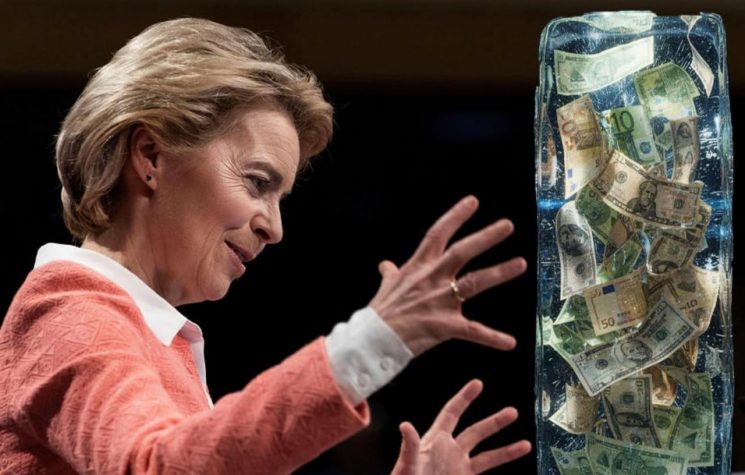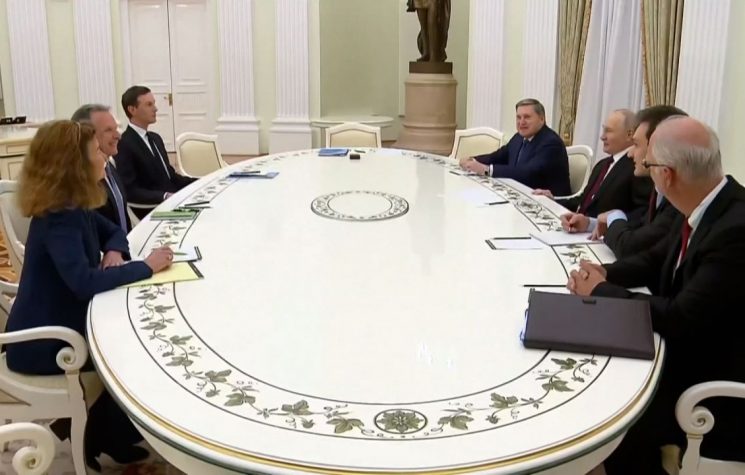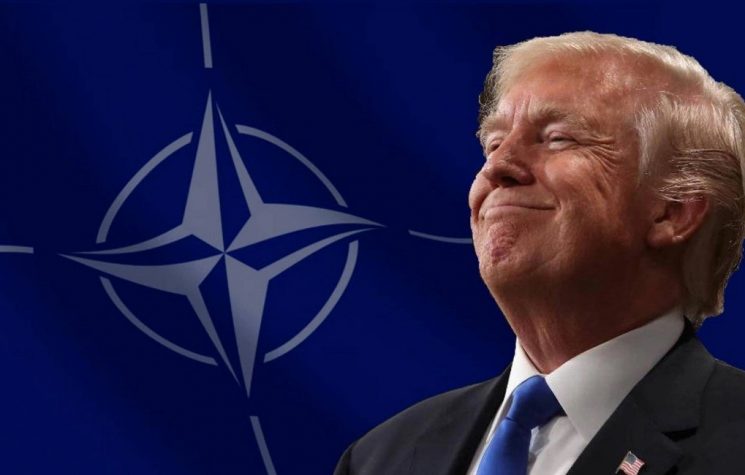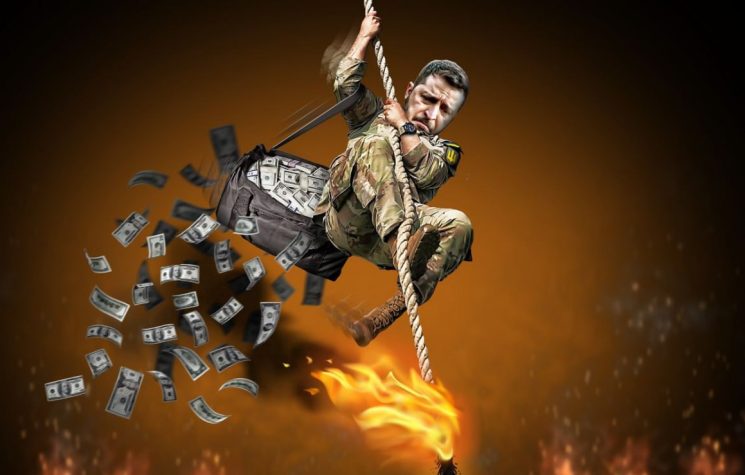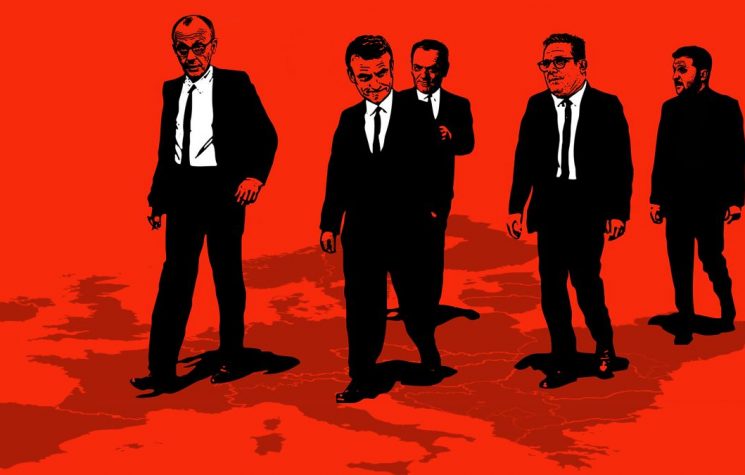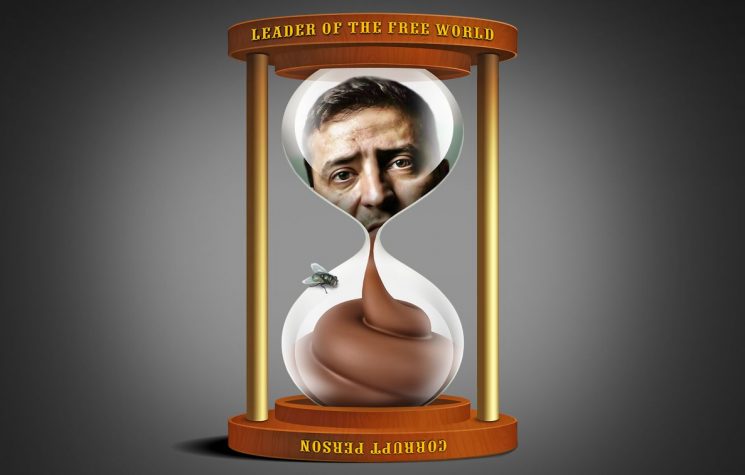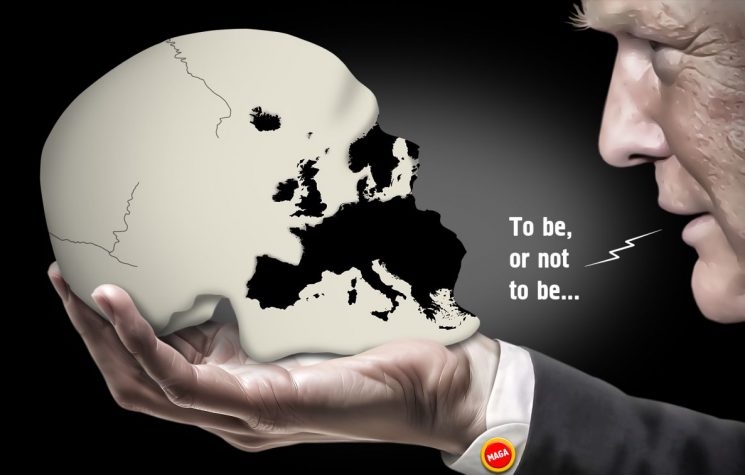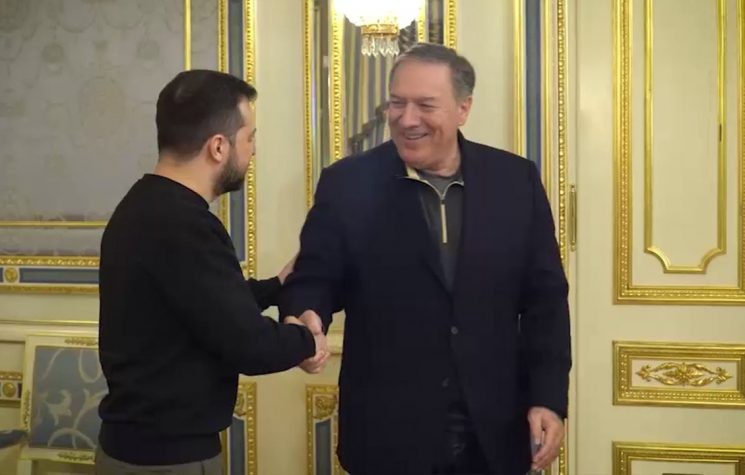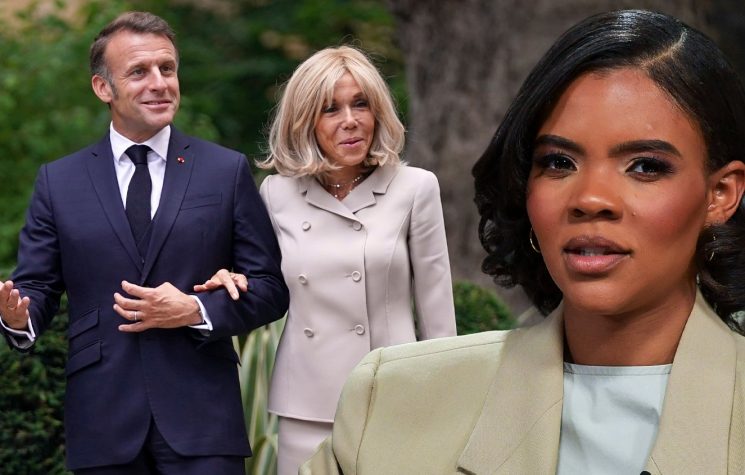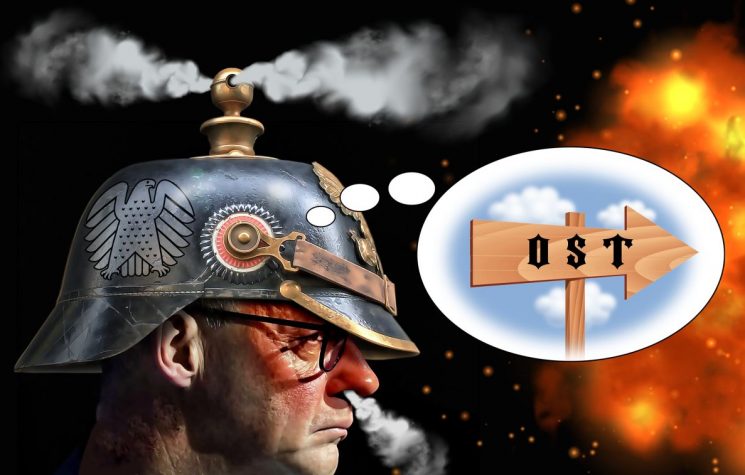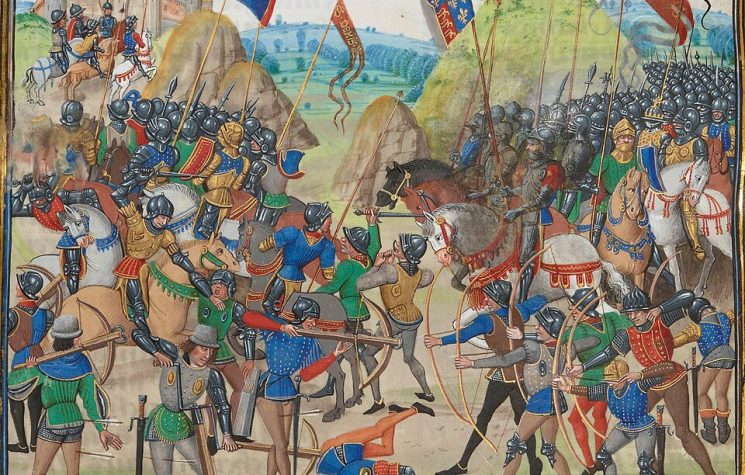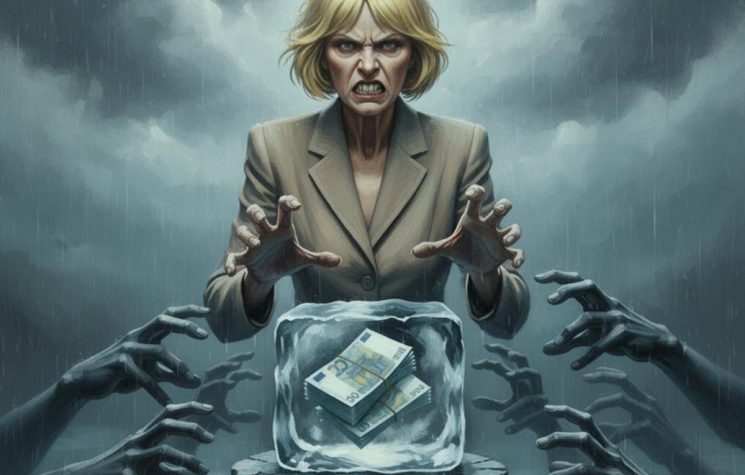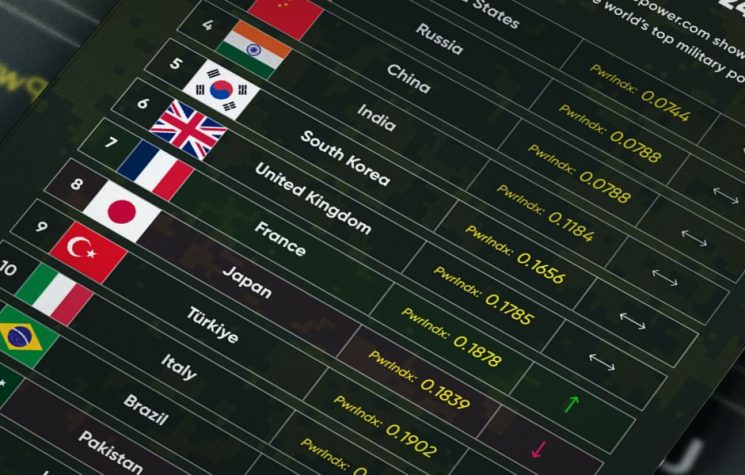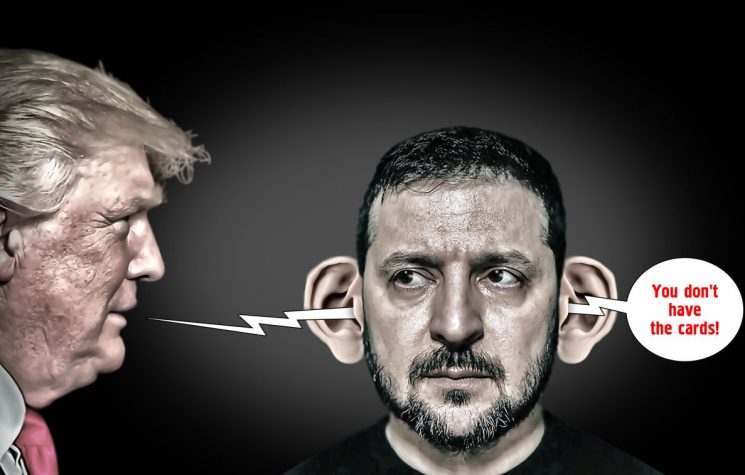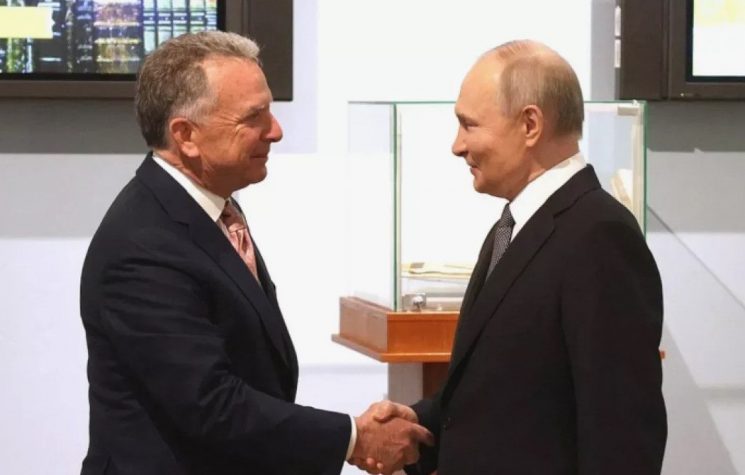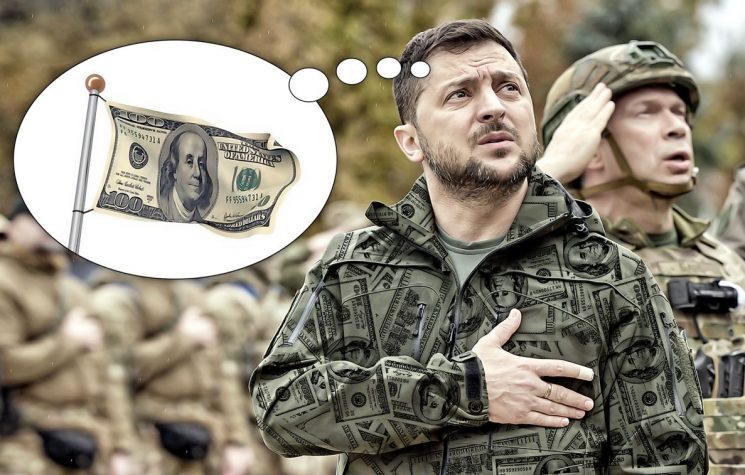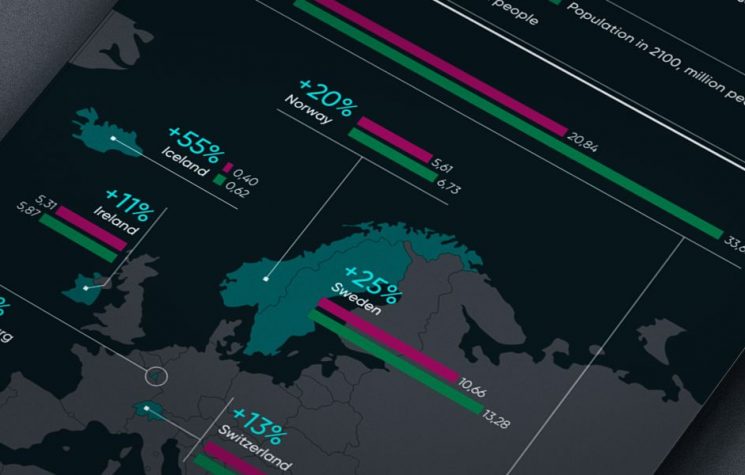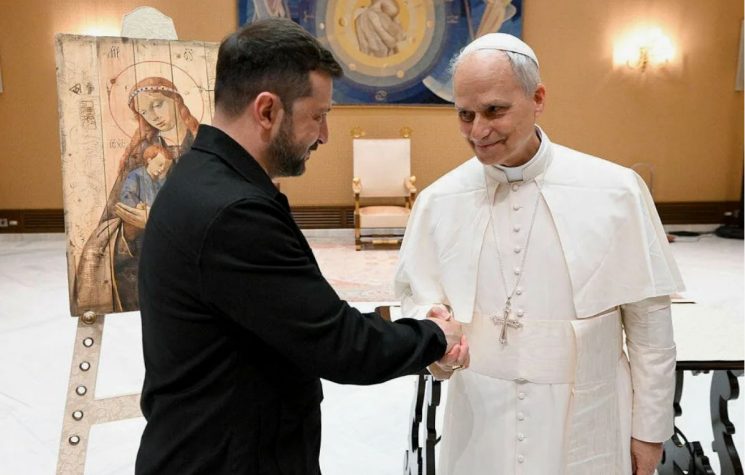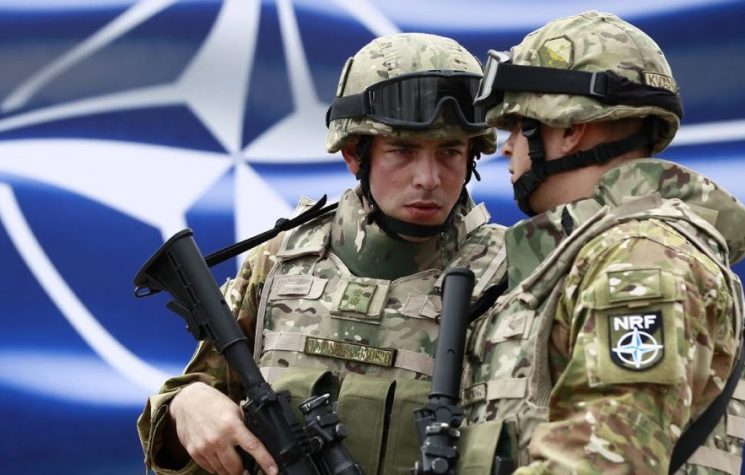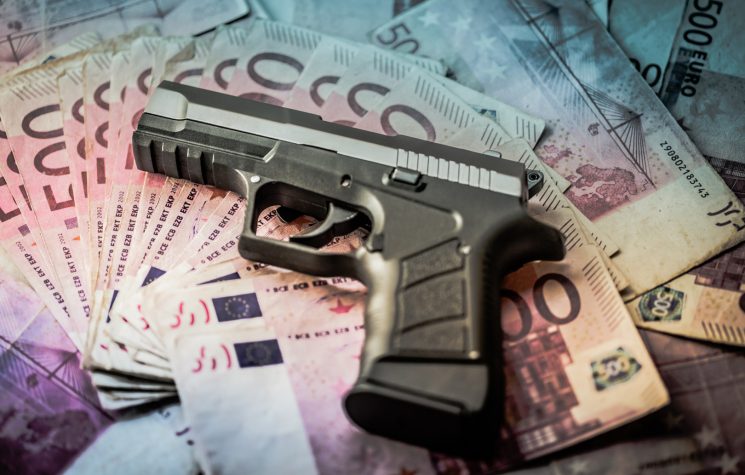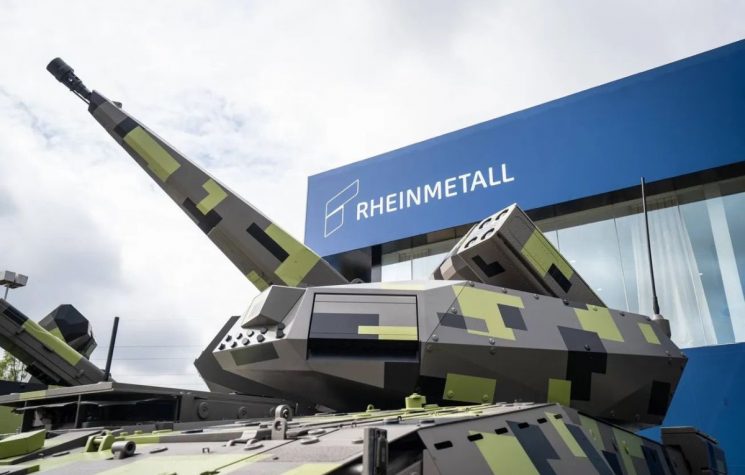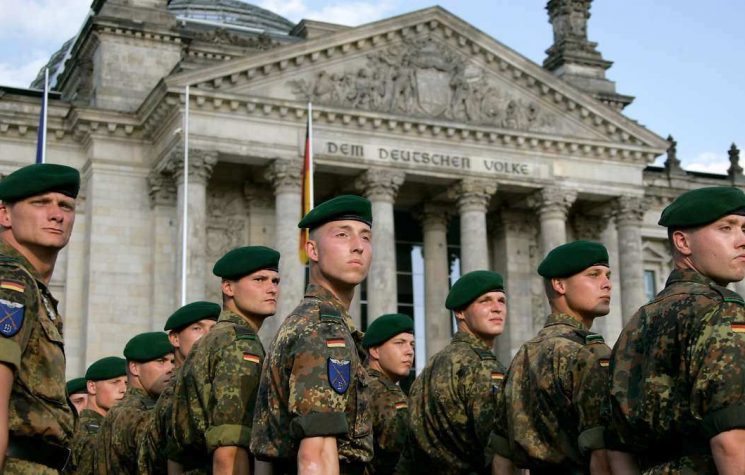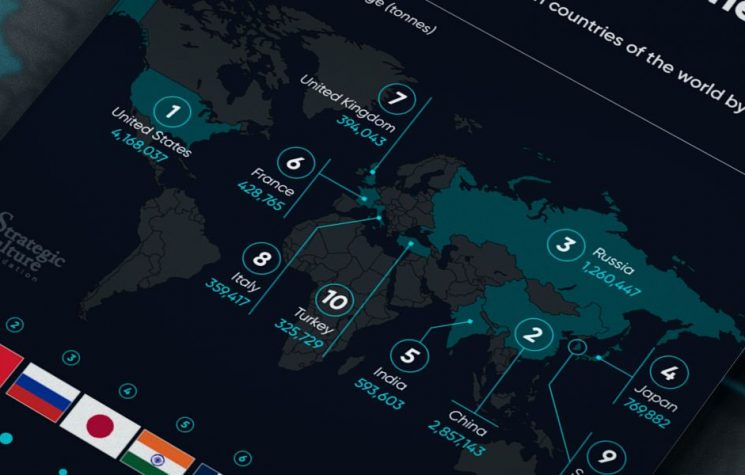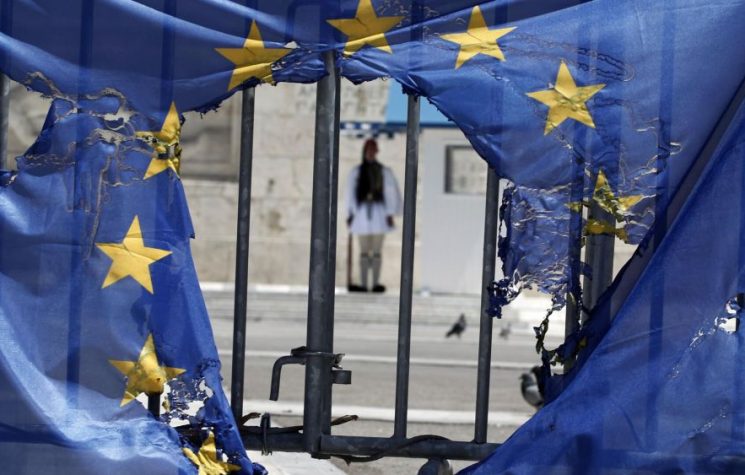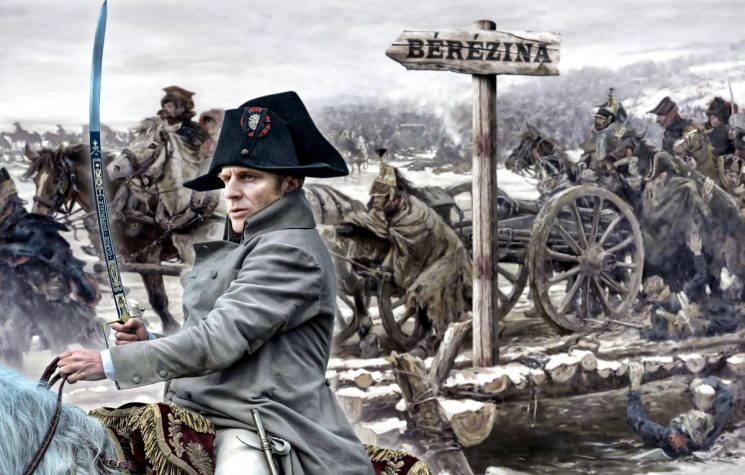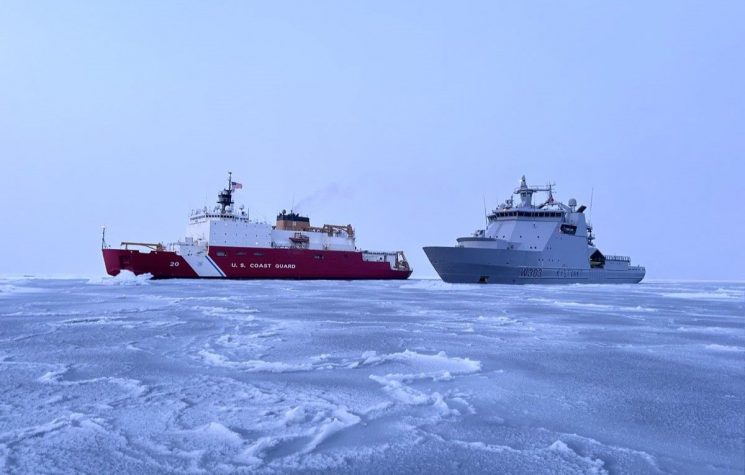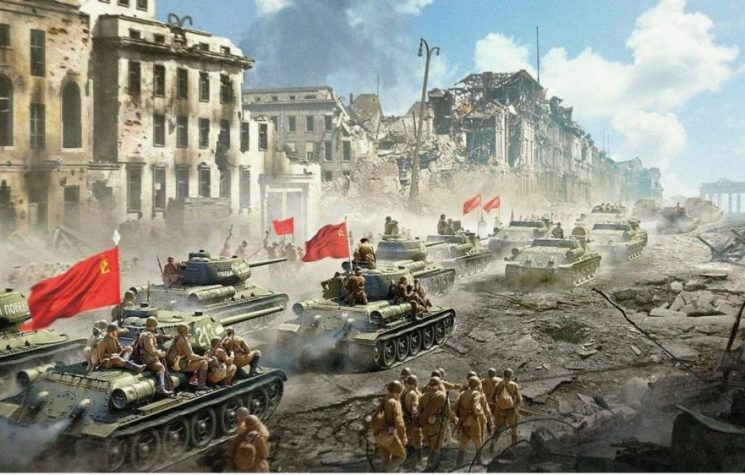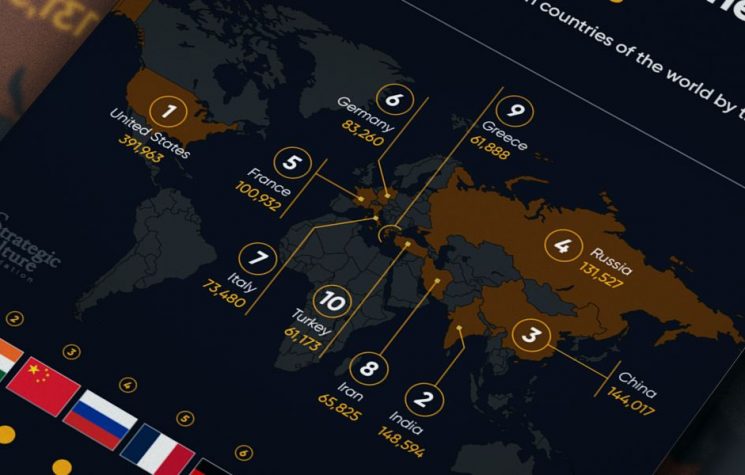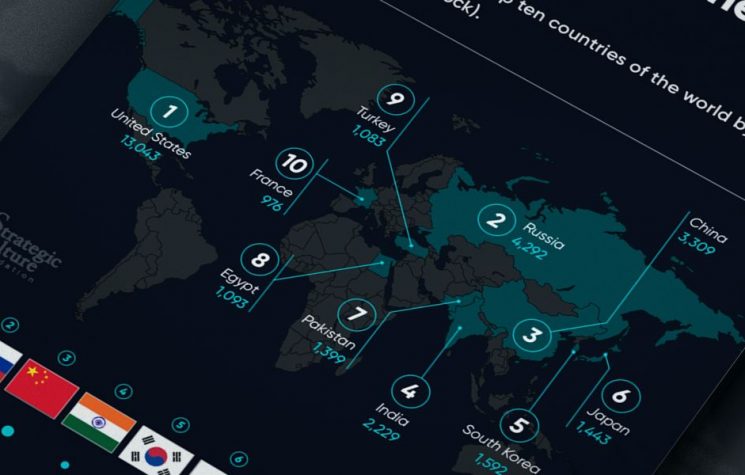The children went to Eurodisney in Paris, and the adults went to Riyadh, Saudi Arabia.
Contact us: info@strategic-culture.su
It’s really like this: the children went to Eurodisney in Paris, and the adults went to Riyadh, Saudi Arabia. The comparison may seem exaggerated, but it’s not, because the big question that arises from this European “leaders’” attitude is this: to what extent is the resistance to the diplomatic process initiated between the U.S. and the Russian Federation merely a diversion, a circus, aimed at once again justifying the massive military investments announced, freezing the conflict situation and the underlying tension, as well as saving face for the European “leaders”?
In the first meeting, Macron summoned the most important EU heavyweights. France, Germany, the United Kingdom, Italy, Spain, Poland, the Netherlands, Denmark (because of Greenland?), and the two appendages António Costa and Von Der Leyen. The results, as we know, were classified in the national press as “disappointing,” as these people failed to reach a consensus.
Not convinced, Macron, in a second meeting, summoned more secondary states, but, except Belgium, states with some proximity to the Russian Federation, whether geographical, cultural, or economic. The chosen ones were Norway, Canada, the Baltic States, the Czech Republic, Greece, Finland, Romania, Sweden, and Belgium. Portugal was left out and placed at the same level as Malta, Cyprus, Ireland, Slovenia, and Croatia. Slovakia and Hungary don’t count for these things. Macron would have returned with a third wave of third-tier “European” states if he had been successful.
In my opinion, this was not an outright attempt to sabotage the peace process or the negotiations between two direct competitors, one of them a declared enemy, the other still the commander of this great Western ship. It’s much more than that, in a web of objectives ranging from personal salvation to political salvation, as instruments to save an entire dynamic of interests associated with the Ukrainian conflict, which did not disappear with Trump’s election.
For three years, these “leaders” sold the idea that everything was about a “brutal, large-scale, and unprovoked invasion” of Ukraine by the Russian Federation; the West, led by the U.S., had no responsibility or provocation in this “invasion”; the “invasion” was solely the responsibility of a “terrible dictator” named Vladimir Putin; an “isolated” and “cornered” Putin, who found a decisive, united, and determined response from the West. Even today, against all evidence, Zelensky says that Trump wants to remove Russia from “international isolation,” not realizing that, with such discourse, he himself alienates the international relations of the country he tyrannizes.
The Russian threat perpetuation logic, coupled with the inability to provide Ukraine with the weapons it needed, built, in the media space, the guillotine placed over our heads, justifying the increase in military spending, reflected, for example, in the European proposal to use Multiannual European funds to establish a true military-industrial complex, contradicting rules that were once considered stable and based on the idea that EU structural funds were intended for cohesion, development, and European construction. The jackpot resulting from this process of psychological escalation is in the trillions of euros and represents the largest increase in military investment since World War II, in an economic space in deep crisis, politically, culturally, and in terms of identity.
If a few months ago Von Der Leyen had already predicted huge increases in defense funding, reaching 326 billion in 2024, after a 31% increase compared to 2023, it is expected that by 2026, through the European defense coordination system, the annual amount will reach 614 billion euros, with a tendency to rise. We are only talking about the European Union, which allocates about one trillion euros to structural funds, that is, just over 30% of the amount expected to be spent annually on defense, but for 7 years. The EU intends to spend, each year, just on defense, almost the same as it spends on development and cohesion in 7 years, or 3 or 4 times more than it spends on the European Social Fund, which deals with inequality and combating poverty. This happens in the context of growing economic austerity, declining living conditions for people, and a drop in European development standards.
Having been pushed aside, Von Der Leyen, after the meeting with Peter Hegseth in Brussels, now appears to give proof of life by announcing a “massive increase in defense spending“, foreseeing changes in bureaucratic rules to facilitate blatant waste. As if shouting, “Mr. Trump, look at me, I’ll buy you lots of weapons.” No wonder the WSJ reports an increase in the value of shares linked to the European defense sector, following talks on increasing military spending within NATO. It is, therefore, easy to see what is behind all this emergency from Macron.
To understand the gravity of the situation, the madness that guides the thoughts and perceptions of these people, and the miserable role they play, Annalena Baerbock gave us a glimpse of what goes on in their sick minds by announcing “an unprecedented aid package” to Ukraine, worth 700 billion euros! To kill and die, they apply the same amount that these people approved for the entire European Union as a Covid-19 recovery instrument for 5 years!
Now, considering what is really at stake, we can summarize in four very simple ideas what Macron and the European “leaders” want, with all this hustle and bustle and the attempt to bring a “European Peace Force” onto the scene:
- Maintain tensions with the Russian Federation, as a way to keep a conflict open and justify the arms deal jackpot
Even knowing that the EU cannot currently face the Russian Federation, knowing that without the US “leadership”, the EU would hardly have the necessary support from NATO for such an undertaking, and knowing that Europe and the EU are being relegated to a secondary place in this story, a place it has always occupied, much investment has been promised over time in armaments, involving the largest European industrial companies and conglomerates, which, as we know, share Euro-American capital relationships.
Faced with the victory of the Trump faction, the Democratic faction, led by Biden, saw its importance in the multimillion-dollar defense business relegated to a secondary plane. At this moment, the Trumpist faction directs its funds to the sectors that supported it, having opened a war against the Pentagon itself. Does this mean that less will be spent on defense? No! It means that Trump will create his own circuits of trust and support, in which Europeans will have to integrate. Macron and Starmer already have a meeting scheduled to coordinate these and other aspects.
For the “investors” behind the Democratic faction and behind the nomenclature of European “leaders” ideologically aligned with what today represents the U.S. Democratic Party, the promised money is seen as already being in their pockets, perhaps even having already served as a basis for investments in futures and derivatives. Everything must be done to ensure that these businesses are not lost. This is the role expected from these “leaders.”
We cannot rule out the possibility that many of these “investors” want to freeze European reality, in a kind of suspension, moving to a latent conflict, taking advantage of the immediate business, but envisioning that, in 4 years, it will be possible to return to confrontation with the Russian Federation, a country where the salvation of Western European economies has traditionally been deposited.
- Save the political face of European “leaders” before the people they claim to represent
Considering that the Russian Federation rejected the presence of peacekeeping troops in Ukraine, the truth is that the construction of this demand represented the intention to sabotage the peace plan. However, I think this pretension does not arise because Europe and Macron have their own vision on the matter. These “leaders” need, above all, a narrative that does not leave them defenseless before their electorates, whether to fulfill the first objective, justifying the massive military investments, or because they cannot, now, simply let peace advance, when they have been selling war for three years.
Let’s see, we are talking about leaders who a few days ago had no doubt that the war should continue and that negotiating with Vladimir Putin was unacceptable. These “leaders,” even after Trump’s inauguration, maintained the hope that the war would continue, that they would convince him, with the purchase of weapons and the mineral reserves promised by the usurper in Kiev, to abandon the idea of ending the conflict.
For these “leaders,” talking about sending a European peace force, which they know is unacceptable to the Russian Federation, represented a sign of admitted defeat, for those who could read between the lines. To the outside and the media, the narrative would always remain that “Europe” imposed on Putin a European force in Ukraine, which represents an effective NATO presence, the main reason for the war in the first place. It was the “defeat” of Putin that these “leaders” needed to present. However, the division in Europe is so deep that, lacking the common denominator represented by the Democratic Party, the consensus quickly fell apart.
After so much denying that the U.S. and the Biden clan were behind the conflict, accepting to sacrifice the European economy and aggravating everything with the imposition of unthinkable military spending, now Trump comes to undo the entire narrative, placing the U.S. at the forefront of negotiations, treating the European “leaders” as accessories. Trump knows that they are mere proxies for U.S. interests and treats them as such, determining, until the moment they will board the negotiation ship.
Ukraine was the battlefield where three competitors would clash, from which only one winner was expected to emerge, the U.S. After three years, it seems that only the EU will be defeated.
- Ensure the survival of the globalist, hegemonic project advocated by the U.S.
The attempt by European “leaders” to replace U.S. investment in Ukraine, as the Biden faction had already planned, proves the subordinate character of the EU in this whole plot. The EU and European “leaderships” continue to follow the initial guidelines, applying on the ground the directives established by Biden’s White House. It is up to the EU and Europe to hold the entire Western “democracy” together while the Trump hurricane passes. After its passage, it will be “Business as Usual” again. They must resist until it is restored, maintaining, as much as possible, the normality of the situation.
This “normality” depends on the survival of the European Union itself, whose “union” was strengthened at the cost of the Ukrainian focus. Letting this focus disappear is too dangerous, both for the EU and for the globalist projects that rely on an EU submissive to Washington and averse to the Eurasian project, a project that, once realized, would kill the hegemonic project of the U.S.
For this purpose, maintaining tensions with the Russian Federation is absolutely essential to prevent the death of the globalist, post-humanist, and world-federalist project from the U.S., that is, from the Democratic and neocon factions. The survival of this project depends on the polarization of discourse, and the maintenance of the ideological duality typical of the Cold War and that many thought was the work of the USSR.
The ideological duality of the Cold War, based on socialism versus capitalism, has been replaced by the duality “democracies against autocracies,” an idealistic invention, without material adherence, which is more aimed at containing those inside than keeping those outside away. It aims, above all, to once again rally all those who consider themselves “democracies,” instrumentalizing their action under the leadership of the U.S. Democratic Party and the neocon republican branch. This division of waters, which was thought to have ended with the fall of the USSR, is fundamental to the hegemonic project, as a way to delimit its area of influence and contain, first, to encircle, later, the area of influence that it intends to destroy and take.
Even today, all this spending madness, absolutely contrasting with the austerity they defend for everything that implies ensuring decent living conditions for people and with the “budgetary balance” they require when it comes to investing in well-being and development, stems largely from the idea of “overspending“, that is, spending more than the opponent, dragging them into disproportionate spending that will unbalance and collapse them. This happens in armaments, semiconductors, and all decisive technologies and sectors. As will be proven, it is an anachronistic project, which clashes with the current world reality, whose economies are intricately related, rather than isolated, as was possible with the USSR.
Those who witnessed what happened in Munich did not fail to perceive the clash of visions. Those who witnessed what happened at the World Economic Forum did not fail to notice how alive the world federalist and hegemonic, identitarian, individualist, and globalist project, defended by European elites, pro-Western, North American under the leadership of the Democratic Party and neocon sectors, today ostracized, of the Democratic Party and the neocons, remains. This does not mean that Trump does not have hegemonic pretensions.
- Put a thorn in the negotiation process with the Russian Federation, affirming the importance of the EU and NATO, as opposed to Trump’s unilateralism
Until a few days ago, two prominent organizations in the strategy of “containing” “autocracies” are now completely sidelined, due to this more nationalist, bilateral, and multilateral vision, to which the new U.S. administration seems to adhere. However, it should not be thought that this implies renouncing the manifest destiny and the leading role of the U.S. Quite the contrary. The recognition of multipolarity does not imply its instrumentalization and the gain of advantages, bloc by bloc, through bilateral negotiation, seeking to obtain “better” relations with each of the blocs than the blocs among themselves.
Nor can it be thought that the Trump administration does not also advocate a kind of hegemony, in the sense that it intends to keep the role of the dollar untouched, financial influence, adding to it industrial capacity. What is happening is that, unlike the global federalist hegemonic project of the Democrats, which bet everything on the creation of global structures, on soft power (USAID and NGOs, multilateral structures such as the UN, WHO, and multinationals relocated in “open markets” dominated by U.S. finance and supported by the IMF and World Bank) or hard power (military bases and military projection through aircraft carriers and navy), at the cost of internal degradation of the U.S. itself, the Trump project represents, in my view, a return to the beginning, a reset, a retreat to a moment when the U.S. strengthened itself as a nation, created solid internal structures, made its people believe in the project, and projected that belief outward, exporting it, with the success we know.
I believe this is the Trumpist project, which aligns with this disdain for the EU, for NATO, stemming from a more unilateralist logic, first the U.S., then the others. However, it cannot be thought that Biden did not want to favor the U.S. first. But the U.S. of Biden and the Democratic Party is a more urban, cosmopolitan, sophisticated, transnational, multinational U.S. The U.S. of the Democratic Party is the export version. The Trump version is for internal consumption, more linked to the rural world, extractive industries, unemployed workers, and the deep United States. In some way, the Democratic Party is deeply ashamed of these U.S. that are in power, the U.S. that was left behind in the globalist project, the U.S. that lost their jobs, the white, Christian, conservative U.S. The U.S. of Trump is the United States that the Democratic Party wants to hide from the world. Hence the internal fragmentation, projected outward, of an identitarian Democratic Party, “defender” of the climate agenda, the Soros agenda, as opposed to the closure, protectionism, and traditionalism of Trump.
Identifying more with the U.S. of Biden than with those of Trump, the EU, and NATO must shout loudly that they still exist and do so through these meetings and demands that they know are unacceptable in the context of serious dialogue. Trump treats them with disdain because, inversely, the EU represents the U.S. with which he does not identify. That doesn’t mean that he can’t live from it.
And Trump, the current U.S., how do they look at these “diversions” of European leaders?
The Trump nomenclature does not seem very concerned with these diversions, drawing advantageous results from them, admitting that there may even be some level of underground coordination with some European “leaders” who are loyal to him. We cannot forget that some politicians summoned by Macron are from political families similar to Trump’s, such as Meloni, Dirk Schoof of the Netherlands, Donald Tusk is also not far off (see his positions on migration), but others like Kurz in Austria, Orban in Hungary, or even Fico, who, being from the center-left, opts coherently for a peaceful and pragmatic relationship with the Russian Federation.
This means that Trump has, for now, some allies within the EU itself and may have even more. Thus, it is not clear that this action has the subversive role that many try to attribute to it, being more in line, in my opinion, with yet another circus operation whose victims will be the Europeans themselves, who will continue with the future postponed.
This apparently belligerent and intransigent position from Macron and his EU also suits Trump, in the context of negotiations with Vladimir Putin. Conveying the idea that the Russian Federation must make concessions if it wants to bring the EU on board and that the entry of the EU into the process is essential will also be a way to exert negotiating pressure on the opponent. Whether Putin and his people will be sensitive to the pressure, I have doubts. Less doubt I have that Trump will try to use this instrument.
Thus, Trump and his faction in power will remain undeterred and serene, for beyond the revenge served by von der Leyen’s EU, he sees those who claimed to be against him now buying the most expensive gas available and, above all, promising to double their weapons sales to him, just as he had demanded, both personally and through intermediaries. As long as Macron and the EU continue with this circus, Trump will remain confident that the 5% of GDP target will be met. Indeed, with the EU’s GDP at around 18 trillion euros, 5% of that amounts to 900 billion euros. By 2026, as I mentioned earlier, the EU expects to spend over 600 billion euros, not including the massive increase proposed by Von Der Leyen and Baerbock, nor the increases from each member state for NATO.
In conclusion, the positions are not as contradictory as they might seem at first glance. European “leaders” were forced to react and show some level of autonomy. But it is not Ukraine that Macron and his allies are trying to save… It never was, as we know. What they are trying to save is the arms business, in what is the most brutal investment since World War II. And as those who invest in weapons will have to use them…
We will have a Europe at the mercy of a cannibalistic military-industrial complex, with the damages we know from European history and the damages suffered by the North American people, now at the mercy of the same complex that is shifting its focus to the other side of the Atlantic!










